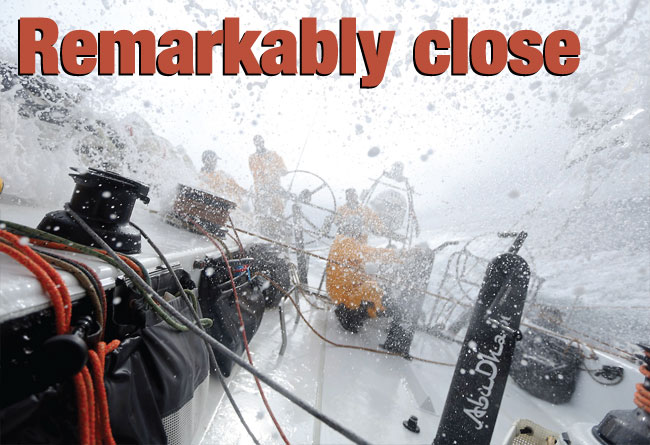
In terms of weight, shape and weight distribution the variances between the first seven VO65s to go afloat really are tiny… as rule compliance manager James Dadd explains
O ver the past two years there has been much talk about the Volvo Ocean 65 class development. I wanted to hold off saying too much until this stage for the simple fact that until we had all boats for the Volvo Ocean Race 2014-2015 through the measurement process, I didn’t want to tempt fate and declare what a great job we had done, only to find the last boat was outside the range I had stated. Superstition is alive and kicking throughout our sport!
By the time you read this all seven will be avidly training, and as I write this the measurement process has been completed for all seven, so I feel a lot more comfortable writing about facts rather than assumptions.
For me this was a unique opportunity from a class management perspective to be involved in such a challenging project from the very start. Normally we only get the call and query about class rules and structure after several boats have been completed and are sailing. As everyone knows, as soon as the sails are hoisted tweaks are being made. So often you have already lost control of the class before you have even started.
In this case I had my first open discussions with Jack Lloyd (VOR race director) on the project in January 2012, when the idea was still very young, and no decisions had been made. I then started to work full time on the project from the start of May 2012, taking time standing back from the day-to-day running of the RORC Rating Office to concentrate on it fully.
We invite you to read on and find out for yourself why Seahorse is the most highly-rated source in the world for anyone who is serious about their racing.
To read on simply SIGN up NOW
Take advantage of our very best subscription offer or order a single copy of this issue of Seahorse.
Online at:
www.seahorse.co.uk/shop and use the code TECH20
Or for iPad simply download the Seahorse App at the iTunes store


